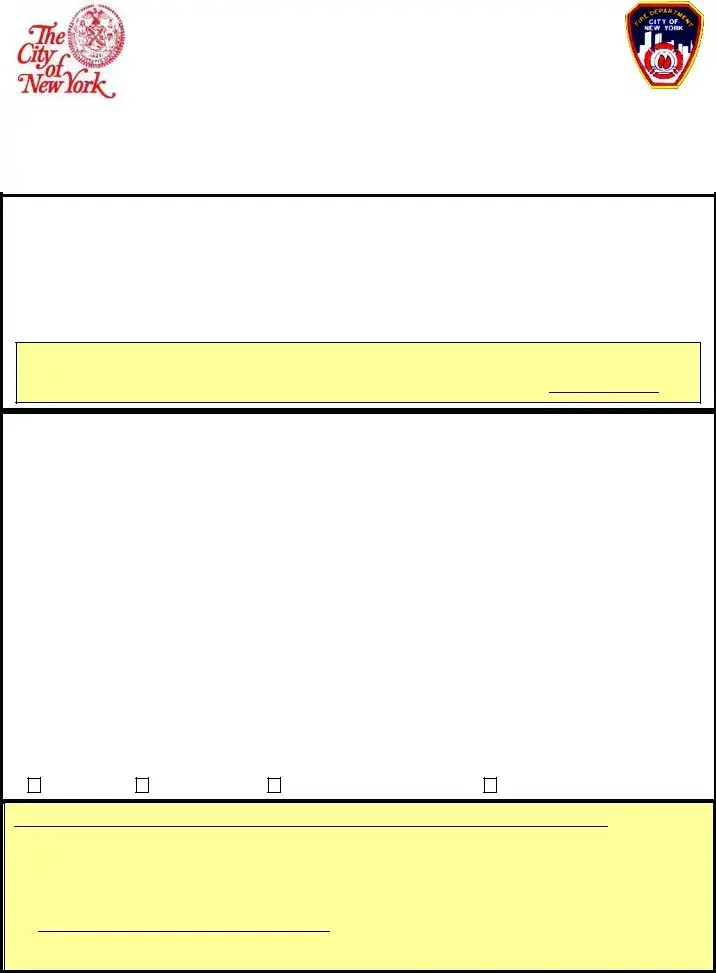The Police Accident Report is quite similar to the Ambulance Call Report due to its function of documenting an incident's specifics. It details the event, participants involved, location, time, and date, akin to recording patient and incident information in the Ambulance Call Report. Moreover, both forms might be requested for insurance claims, legal considerations, or personal records, necessitating adherence to data accuracy and the inclusion of a payment process for obtaining copies.
A Medical Records Release Form, akin to the Ambulance Call Report, requires detailed patient information and the purpose of the request. Both documents necessitate a formal process to ensure privacy and confidentiality, often requiring a notarized letter or proof of authorization from the patient or their legal representative. These forms are integral in the seamless sharing of vital health information amongst healthcare providers or for legal and personal use.
The Emergency Medical Services (EMS) Patient Care Report shares various similarities with the Ambulance Call Report, particularly in capturing detailed information about the patient's condition, treatments administered, and the outcome of the emergency service encounter. Both forms serve as critical documentation for patient care continuity, legal evidence, and quality assurance within emergency medical services.
The Incident Report Form, commonly used in workplaces or public settings, documents accidents or incidents that arise, closely mirroring the Ambulance Call Report's goal of recording specific event details. Each form captures crucial information such as date, time, and nature of the incident, serving a dual purpose of informing necessary actions and maintaining an official record for future reference or liability assessment.
A HIPAA Authorization Form, similar to the section requiring an original notarized letter on the Ambulance Call Report, facilitates the release of protected health information. Both documents ensure that an individual's health information is shared according to strict privacy and security standards, requiring clear authorization from the patient or their legal guardian to proceed.
The Death Certificate Request Form parallels the Ambulance Call Report when it involves deceased patients. It necessitates specific information about the deceased, including the date and location of death, similar to the incident details required in the Ambulance Call Report. These documents are both key in legal and personal matters following someone's passing, substantiating their importance in administrative processes.
The Vehicle Tow Report, common after certain incidents requiring an ambulance, catalogues similar types of information, such as location, date, and time of the incident. Both documents are essential for accurate record-keeping, insurance claims, and legal matters, highlighting the incident specifics and the subsequent actions taken, such as hospitalization or vehicle towing.
The Fire Department Incident Report, designed to record details of fire incidents, parallels the Ambulance Call Report in its structure and purpose. It documents comprehensive details about the fire event, including the response and outcome, similar to how the Ambulance Call Report provides an account of the medical incident and the patient care administered.
A Prescription Medication Request Form, while more specific in scope, shares the necessity of accurate patient information and authorization, akin to the Ambulance Call Report's requirements. Both forms are pivotal in ensuring that individuals receive the correct medical assistance or documentation, whether it be for obtaining medication or accessing a record of prehospital care.
The Patient Satisfaction Survey for EMS, although focused on garnering feedback, necessitates detailed incident and patient information similar to the Ambulance Call Report. Both forms contribute to the enhancement of emergency medical services by providing actionable insights based on the patient's experience and the documented details of the service provided.
